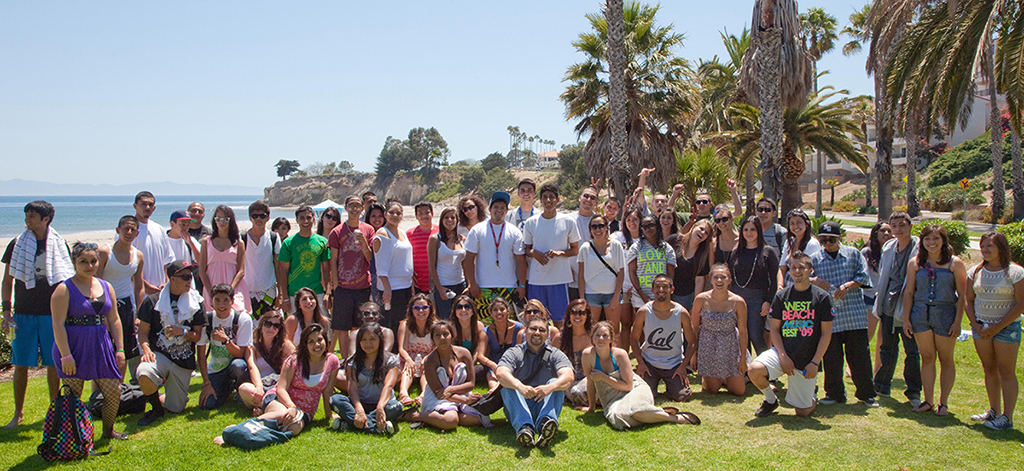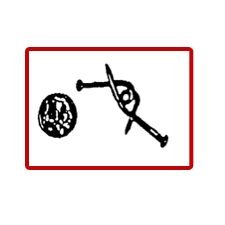
EOPS History
EOPS is a state-funded program whose roots originated from the 1960s civil right movement, when awareness of the needs for social equity in every facet of life could no longer be ignored. It was conceived as a way to help those who were both educationally and economically disadvantaged to successfully create a future through educational and life-skills development.
In 1969, Senate Bill 164 was enacted into law, establishing EOPS within the California Community College system.
The intent was for EOPS to foster the identification, recruitment, retention, and educational stimulation of students affected by language, social or economic disadvantages, and to equalize the educational opportunities of these potential students. The first EOPS programs were established in Spring 1970 at 46 community colleges. Today, EOPS exists at all 112 community colleges in California. SBCC's EOPS has been operational since 1978.
 EOPS Symbol
EOPS Symbol
In 1971, the Executive Committee of the California Community College EOPS Association (CCCEOPSA) adopted the Nickel and the Nail as the symbol of aid offered too many California Community College students through EOPS.
This symbol, the EOPS logo, represents a successful effort at helping to provide the motivation and means for students to reach their educational goals. The story goes like this: a young man in the deep South was walking down a dusty road to visit a lady friend, all too aware that the nickel in his pocket was all he had in the world. That emptiness tore away at his self esteem. But, as he walked, he noticed two-gnarled horseshoe nails that were twisted together and lying by the road.
He picked them up and put them in his pocket, and as the metal jingled against his meager fortune, the young man walked a little straighter, with a little more pride and dignity. It is important to have “something to jingle.” The nails twisted into a puzzle, suggesting the problem has yet to be unraveled for helping people who, by circumstances of the society in which we live, have been limited in meeting their own educational challenges.